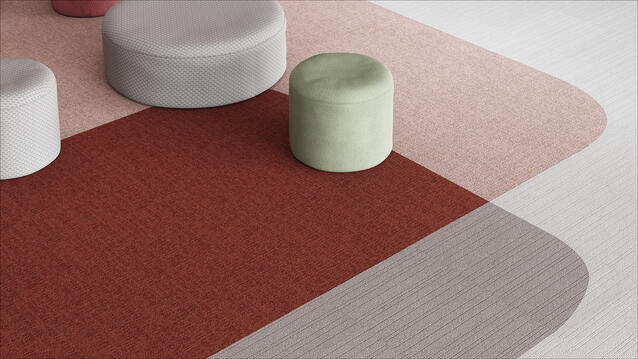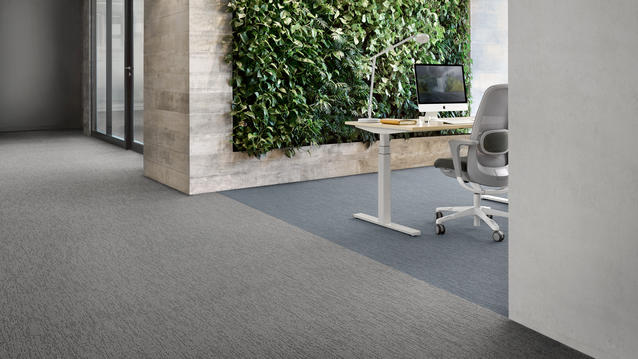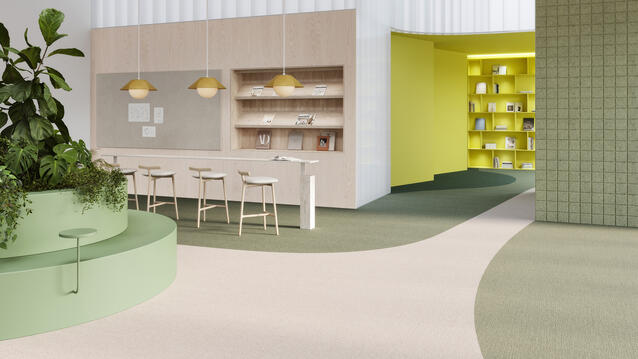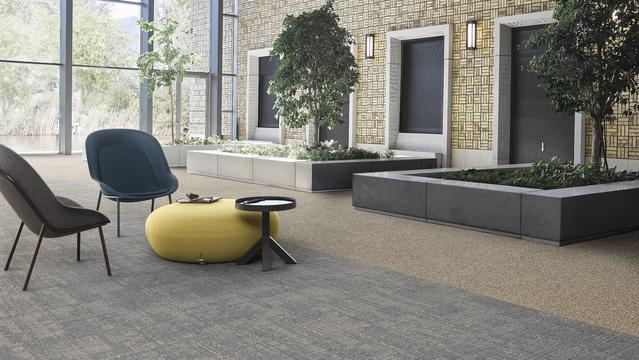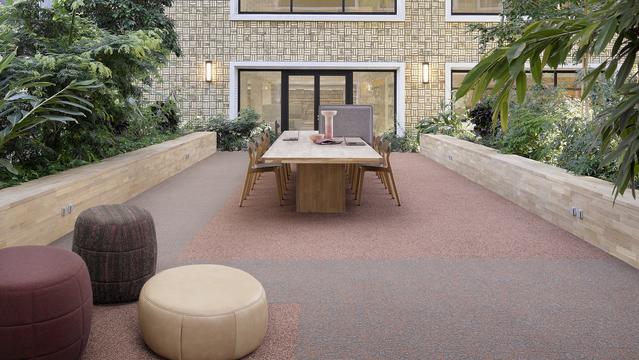
Good indoor air quality is vital
The air we breathe every day has a major impact on our health and well-being. According to studies by the World Health Organization ( WHO ) and the European Environment Agency, indoor air pollution can cause serious damage to people's health. According to these studies, knowledge of the indoor climate lags far behind that of the outdoor climate.
Because we spend 90% of our time indoors, a good and healthy indoor climate is extremely important. Good indoor air quality ensures a healthier living and working environment, which results in a reduction in absenteeism and health complaints.
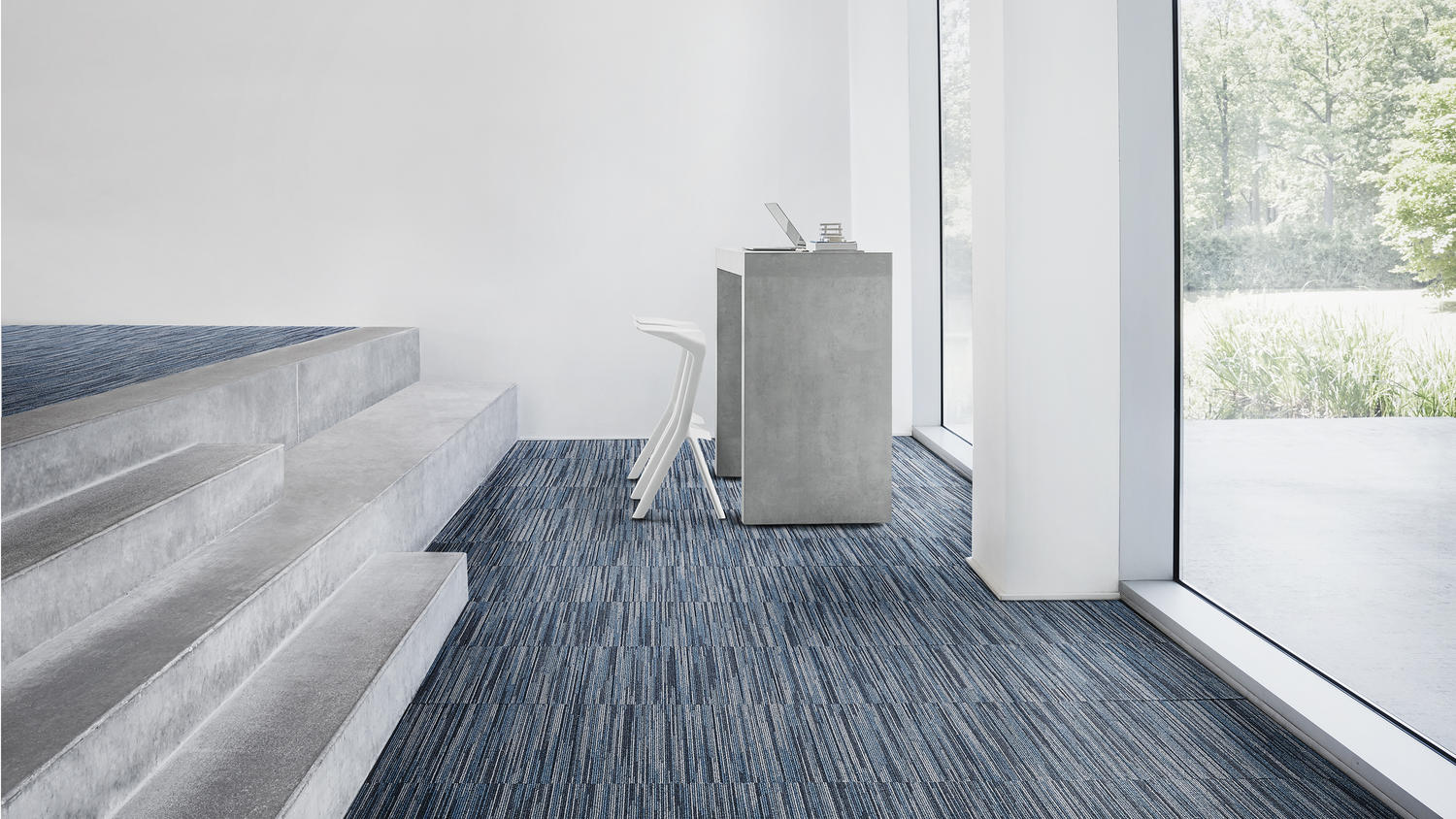
What do we mean by indoor air quality?
Indoor air quality (or Indoor Air Quality ) refers to indoor environmental factors that influence health, comfort or human performance (such as productivity). In contrast to outside air, indoor air is continuously circulated, so that harmful substances can build up and remain in a room. To ensure good indoor air quality, it is important to properly check and monitor the temperature, humidity, ventilation, but also acoustics.
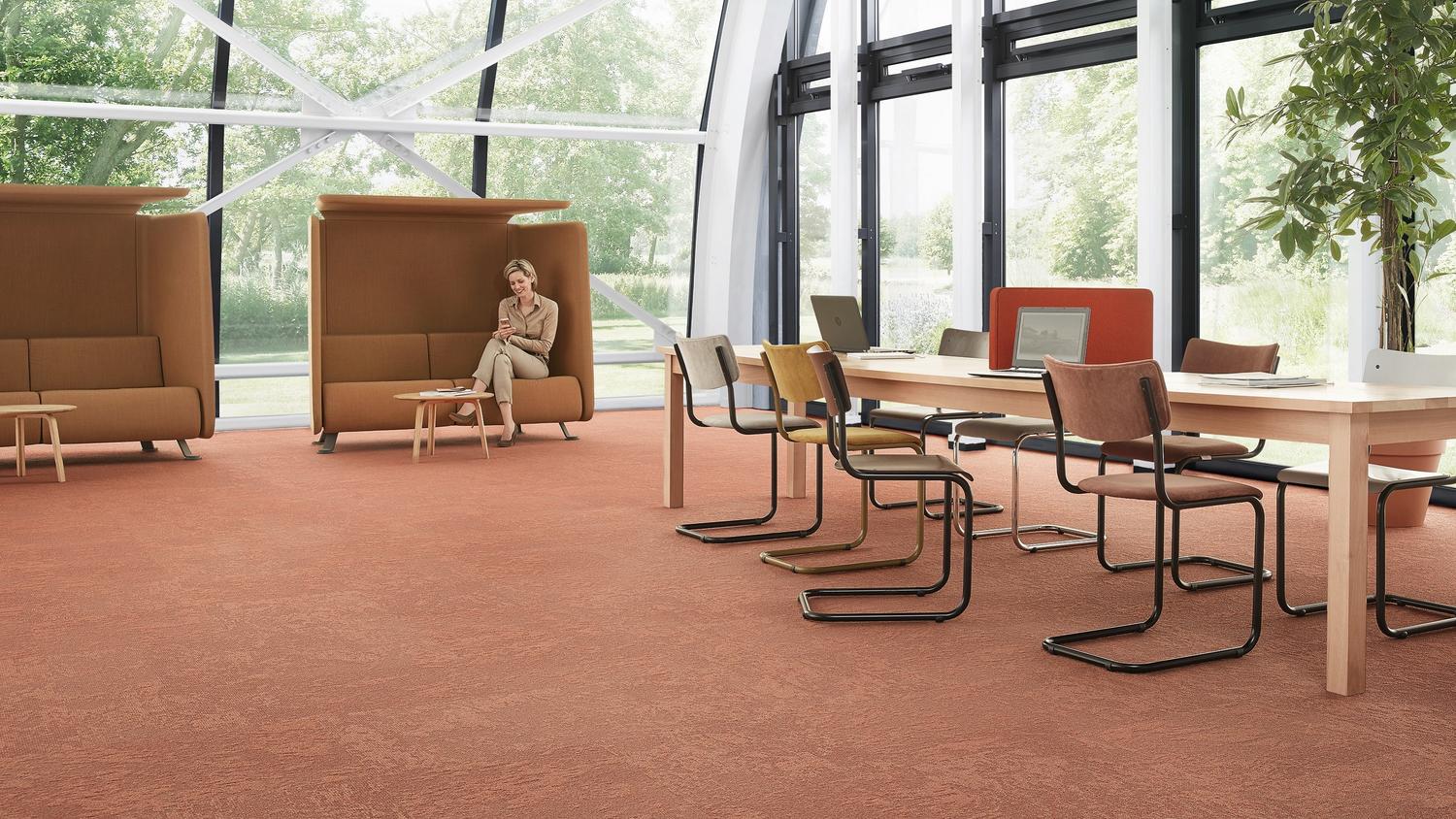
The importance of a good indoor climate
As we spend most of our time indoors, air quality has a major impact on our daily lives. Harmful substances (such as particulate matter ) can cause serious health problems. Research shows that:
- Indoor air can be 2 to 5 times more polluted than outdoor air
- More than 1 in 6 Europeans live in buildings with unhealthy indoor air quality (ECOFYS study)
- Moisture and mould increase the risk of asthma by 40% (IBP Fraunhofer study)
- Productivity increases by up to 5% when indoor air quality is good.
- The ability to process information increases by 5% to 15% when indoor air quality is good.
- Breathing cleaner air also strengthens the ability to learn, make decisions and respond effectively to crisis situations.
In a poor indoor climate (for example due to poor ventilation, fine dust, poor building materials, poor acoustics, harmful cleaning agents, etc.) health problems such as headache, nausea, fatigue, dizziness and irritation to the nose, throat and eyes can occur. Long-term exposure to poor indoor air quality can affect health, leading in the worst case to chronic inflammation and disease.
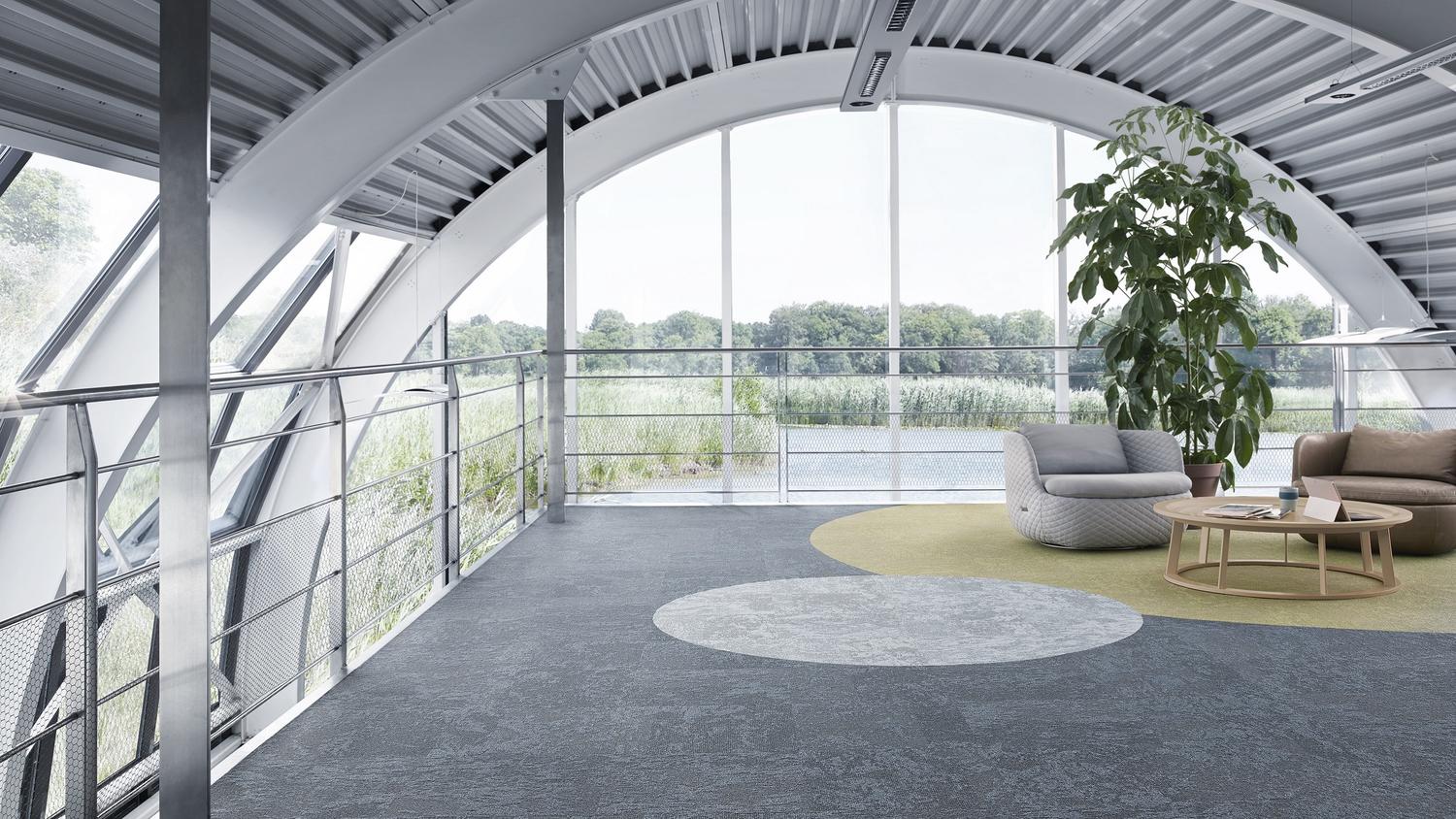
Improving indoor air quality
In order to improve the indoor climate and ensure excellent 'Indoor Air Quality', it is important that the various sources of pollution are tackled in order to prevent further pollution.
The tips below can ensure that indoor air quality improves, resulting in reduced exposure to harmful substances and air pollution:
- Good ventilation : this ensures that fresh air can enter the room and that the concentration of harmful substances is kept to a minimum.
- Low Humidity : A humidity between 45% and 55% is ideal. This prevents mould and ensures a pleasant living and working climate.
- Air purifiers : in rooms that are difficult to ventilate, air purifiers offer a solution. Provide high quality filters and replace them regularly.
- Clean humidifiers and dehumidifiers regularly , they can be a breeding ground for mould and bacteria.
- Take care of green: Plants are not only beautiful, but also provide oxygen in the air.
- Placement of printers : printers are an (underestimated) cause of air pollution. It is therefore preferable to place them outside the classroom.
- Choose good materials : well-considered choices for materials can make the indoor climate more pleasant. Sound-absorbing floors and walls, for example, provide better acoustics and (potentially) reduction of stress-related complaints.
- Beware of Volatile Organic Compounds (VOCs)† All products and materials emit substances during use. These substances can be harmful to health. Pay attention to the TVOC score of products. If this is not present, in many cases the emissions will be quite high.
A good floor contributes to the indoor climate
A good floor can also contribute to excellent indoor air quality. At Tarkett, we have several flooring solutions that make a positive contribution to the indoor climate, whether in the workplace or at home. Tarkett does not contain Phthalates in any of its elastic flooring products . Although the concentrations are low in floors, the use of these plasticizers in PVC floors has been completely phased out by Tarkett. As a result, Tarkett has ensured that emissions of volatile organic compounds are more than 1,000 times below the standard for these product categories. For most of our floors, the levels are so low that they are no longer measurable.
The DESSO AirMaster® has been specially developed to capture and retain harmful particulate matter. Carpet from the AirMaster ® collections is many times more effective at absorbing fine dust than standard carpet flooring solutions.
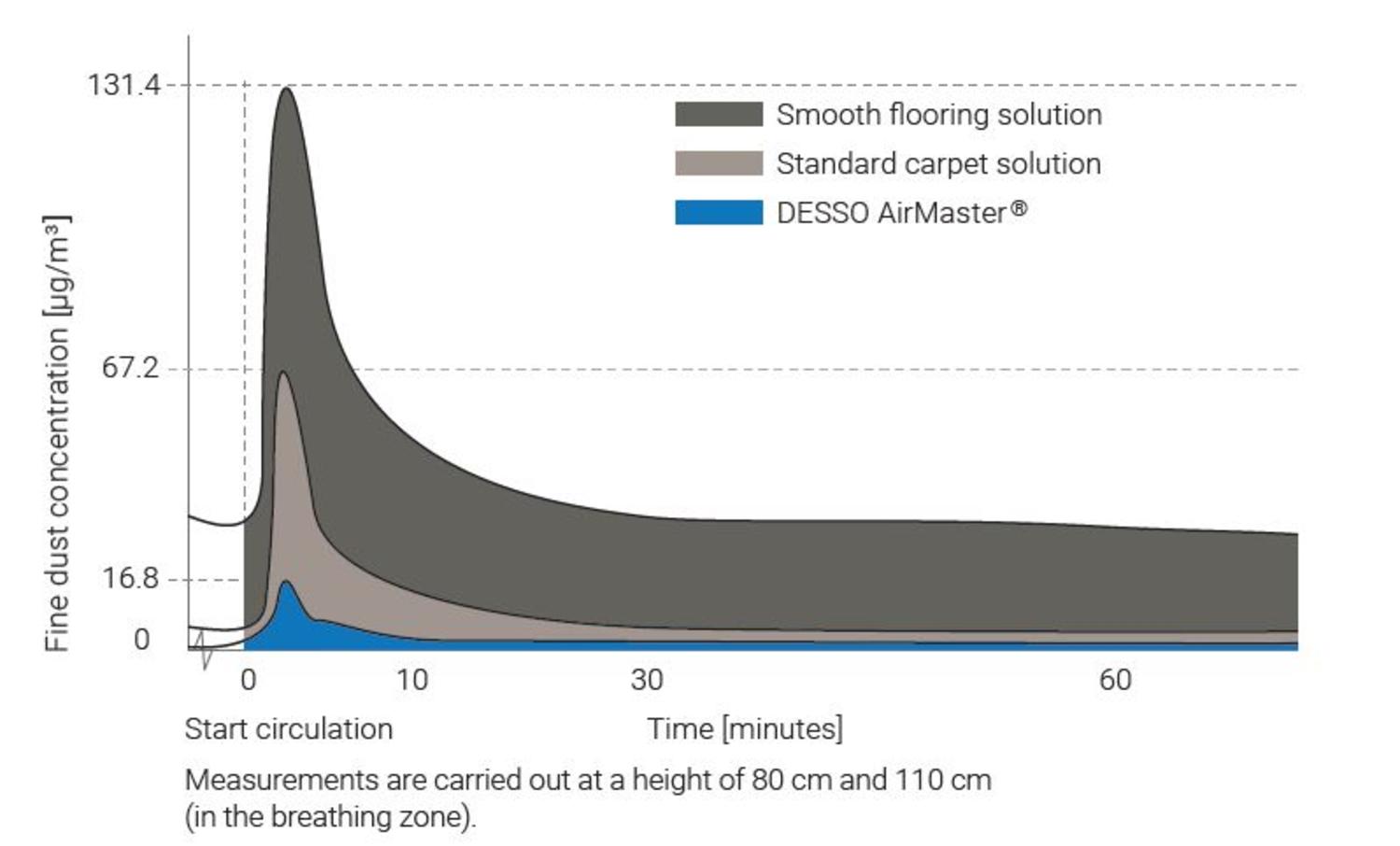
A large part of our carpet and hard floor collections also have Cradle to Cradle ® certification , which guarantees that these flooring solutions meet strict health, environmental and sustainability requirements . For example, healthy, recyclable materials are used, so that we ensure that we follow the principles of the circular economy. This makes these floors good for both the indoor and outdoor climate.
Curious about what other possibilities there are with project carpet? Then take a look at our article: " Project carpet for commercial spaces: everything you need to know "
